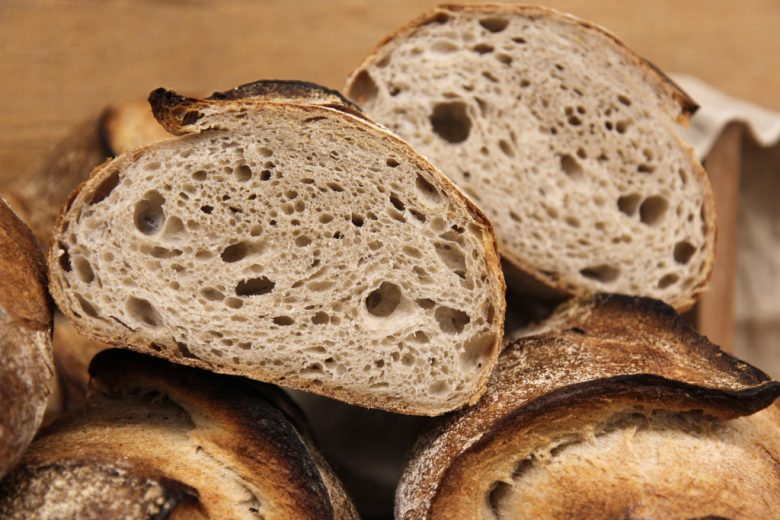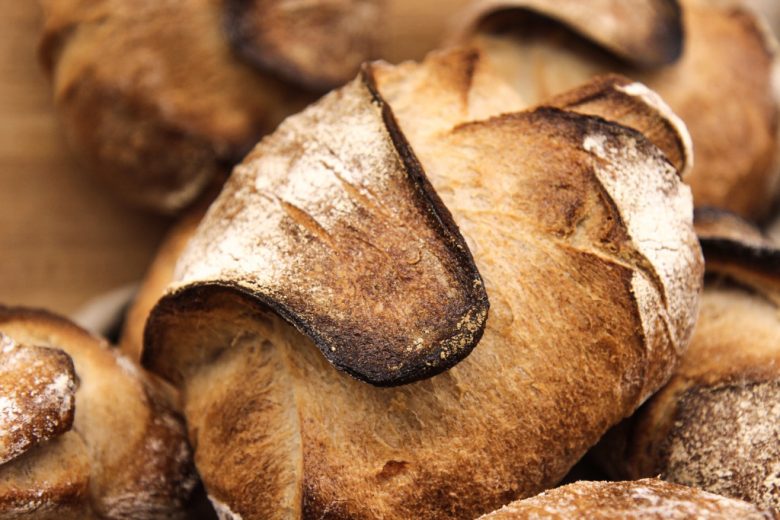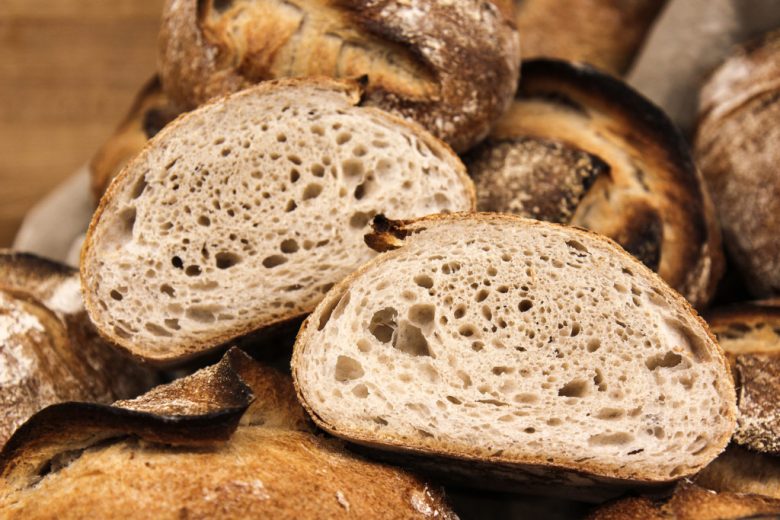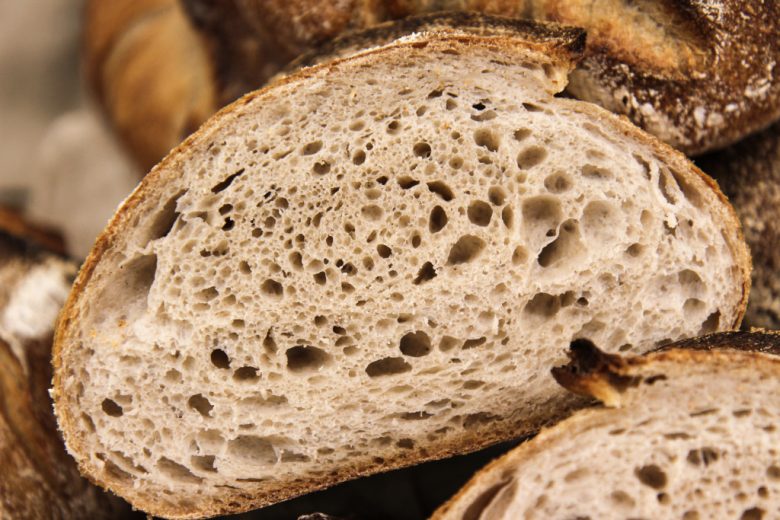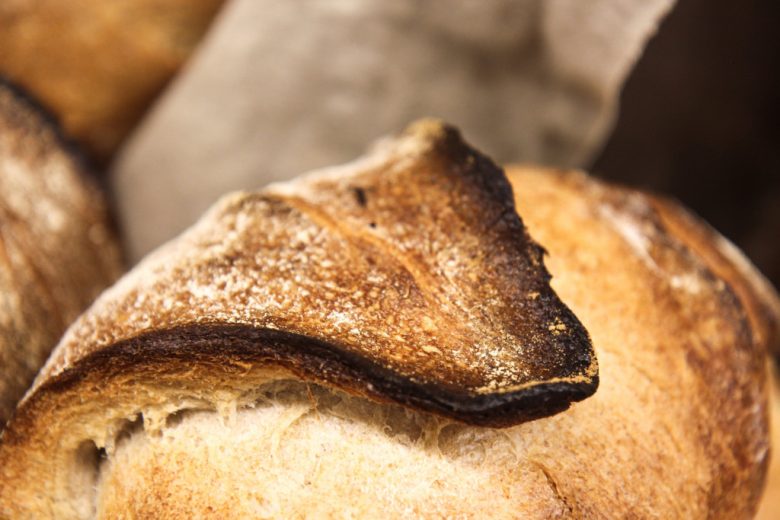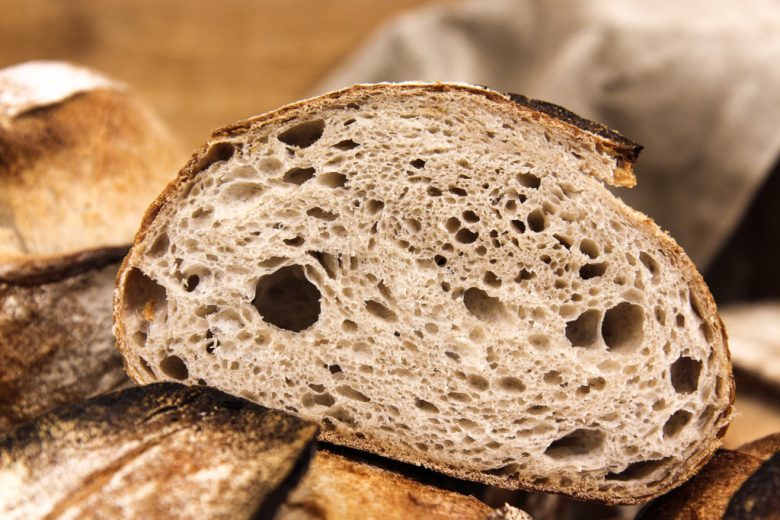Simple Bread
The baking courses have shown me that hobby bakers tend to run into most of their problems when making the dough. Over and over again, readers make the mistake of sticking precisely to the provided timings, which invariably leads to bread errors. These have to be adjusted to the given conditions.
Reasons why provided mixing times can quickly change:
- Storage duration of the flour (flours that have been stored for longer then to have better absorptive abilities – the dough will incorporate the water more quickly and will be fully kneaded in less time).
- Different flour qualities (generic flours tend to have less absorptive abilities in comparison to boutique flour that comes directly from the miller).
- Sourdough maturation time (a sourdough passes its point of peak maturation inevitably causes the dough to soften – it then takes more time to knead the dough to perfection).
- Dough quantity (the dough quantities tend not to be adjusted to each type of kneading device – the more dough you use, the longer the kneading time will be. Overfilling the kneading machine makes it difficult to recognize when dough has been perfectly kneaded).
- Kneading device (the provided mixing times can be lengthened or shortened according to each kneading device)
- Autolyzing dough (the longer the autolyze, the shorter the subsequent kneading time can be! The temperature of the autolyze also has an impact – the colder the dough, the longer the autolyze should last).
- Dough temperature (cold doughs require more time to be perfectly kneaded).
- Keading tools (if the dough hook is adjustable, you should make sure that this almost reaches the bottom of the kneading bowl! Only a perfectly adjusted dough hook can guarantee a short keading time)
Recipe
For a dough weight of 1418g / two pieces, each 709g
Poolish:
- 100g Wheat flour
- 100g water
- 1g yeast
Let the poolish mature at room temperature for 5-7 hours and then place in the fridge at 4°C until you need to work with it.
Wheat sourdough:
- 145g wheat flour type 700
- 145g water
- 10g starter
Dissolve the starter in the water and then mix thoroughly together with the flour. Maturation time 14-15 hours (sourdough temperature 25-27°C).
Main dough:
- 200g mature poolish
- 300g mature wheat sourdough
- 350g water
- 300g wheat flour type 700
- 200g Ruchmehl or whole wheat flour
Thoroughly mix all ingredients and let sit to autolyze for 30-45 minutes.
- 18g salt
Add salt and mix slowly for 12 minutes at slow speed. Then knead quickly until the dough falls cleanly away from the side of the mixing bowl.
You can add additional water to the dough at the end. The more agile your fingers are, the more water you can add at this point (50-100g). What’s important here is making sure you thorough incorporate the water into the dough by kneading.
Instructions:
- Place the dough in an oiled tub and fold once after 75 minutes.
- Cover the dough and let it rise until it has doubled in volume (c. 120-150 minutes).
- Fold the dough from all sides into the middle. Place it in a floured proofing basket seamside-down to proof.
- The final proof lasts c. 60-90 minutes (if you want to do a long cold proof, first let dough rest after shaping for 30 minutes at room temperature. Then you can let it proof in the fridge at 5-6 °C / resting & proofing time c. 12-18 hours.
- The bread is baked at 250°C with strong steam. After the first 10 minutes of baking, reduce the temperature to 230 °C.
- Total baking time should take 35 – 40 minutes.
To wrap things up: A short harvest report for 2018
Spelt
Changes in comparison to last year:
- Slower water absorption
- Moister crumb
- Stronger crust formation
- More intense crust browning
In short, pay attention to the following points when making your dough:
- Do not increase water quantity – this can affect the bloom
- Predoughs are advisable
- Plan dough resting periods and don’t shorten them
- Because it has a good tolerance for kneading, knead spelt doughs 10-20% longer
Wheat
Changes in comparison to last year:
- Doughs are more stable, with greater tolerance for kneading
- Crumb is more elastic and moist
- Greater oven volume
In short, pay attention to the following points when making your dough:
- Keep dough temperature between 25-27°C
- Thoroughly knead dough
- Using an additional 1% oil is advisable for small loaves/rolls
- Slightly increase dough resting times (10 minutes before your final working phase)
Rye
Changes in comparison to last year:
- Water absorption of rye flour is 1-2 TA points higher
- The poring of the crumb could be slightly finer
- Increase the dough temperature and TA of sourdoughs slightly
In short, pay attention to the following points when making your dough:
- Slightly increase your quantity of sourdough
- Use old bread to improve freshness
- Increase resting period after making the dough by 5-10 minutes


